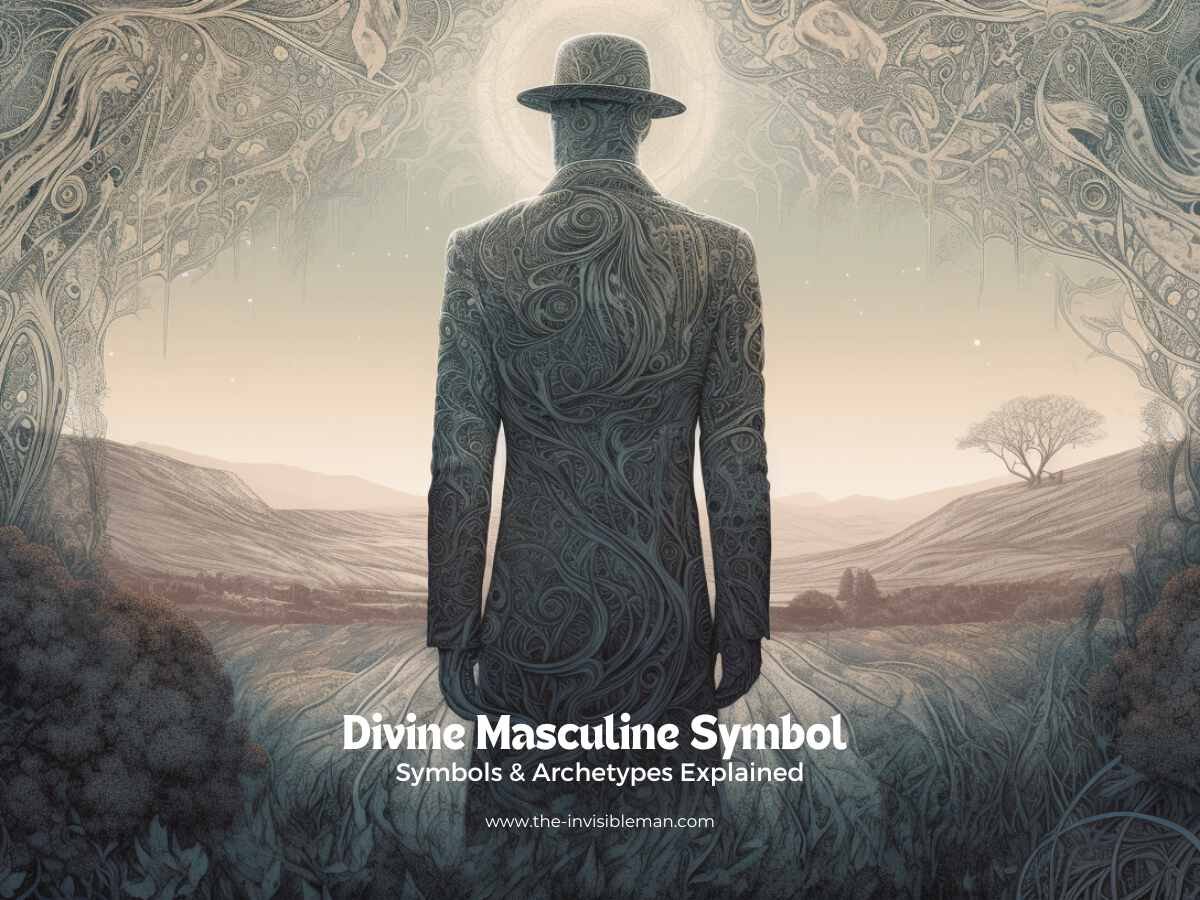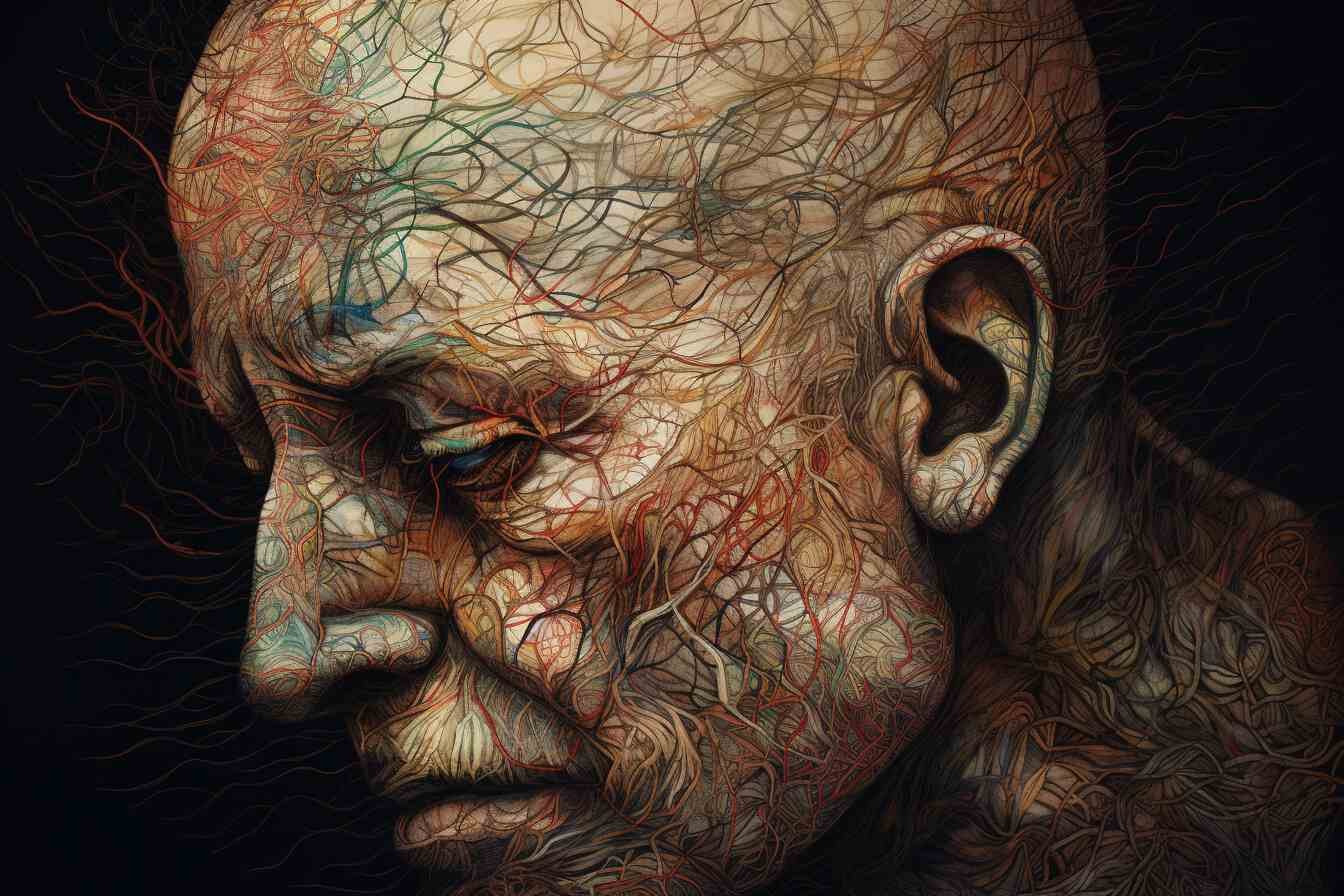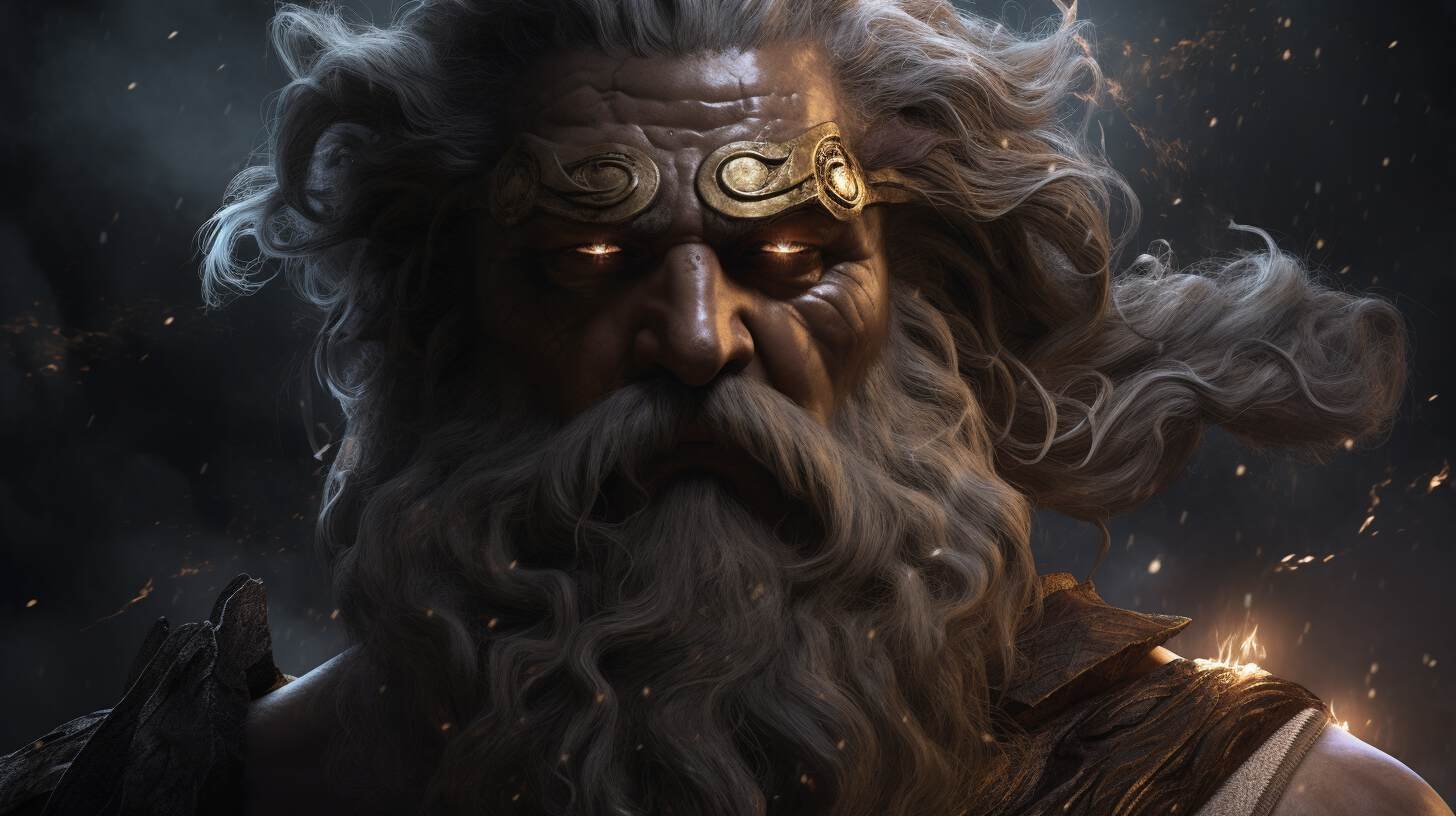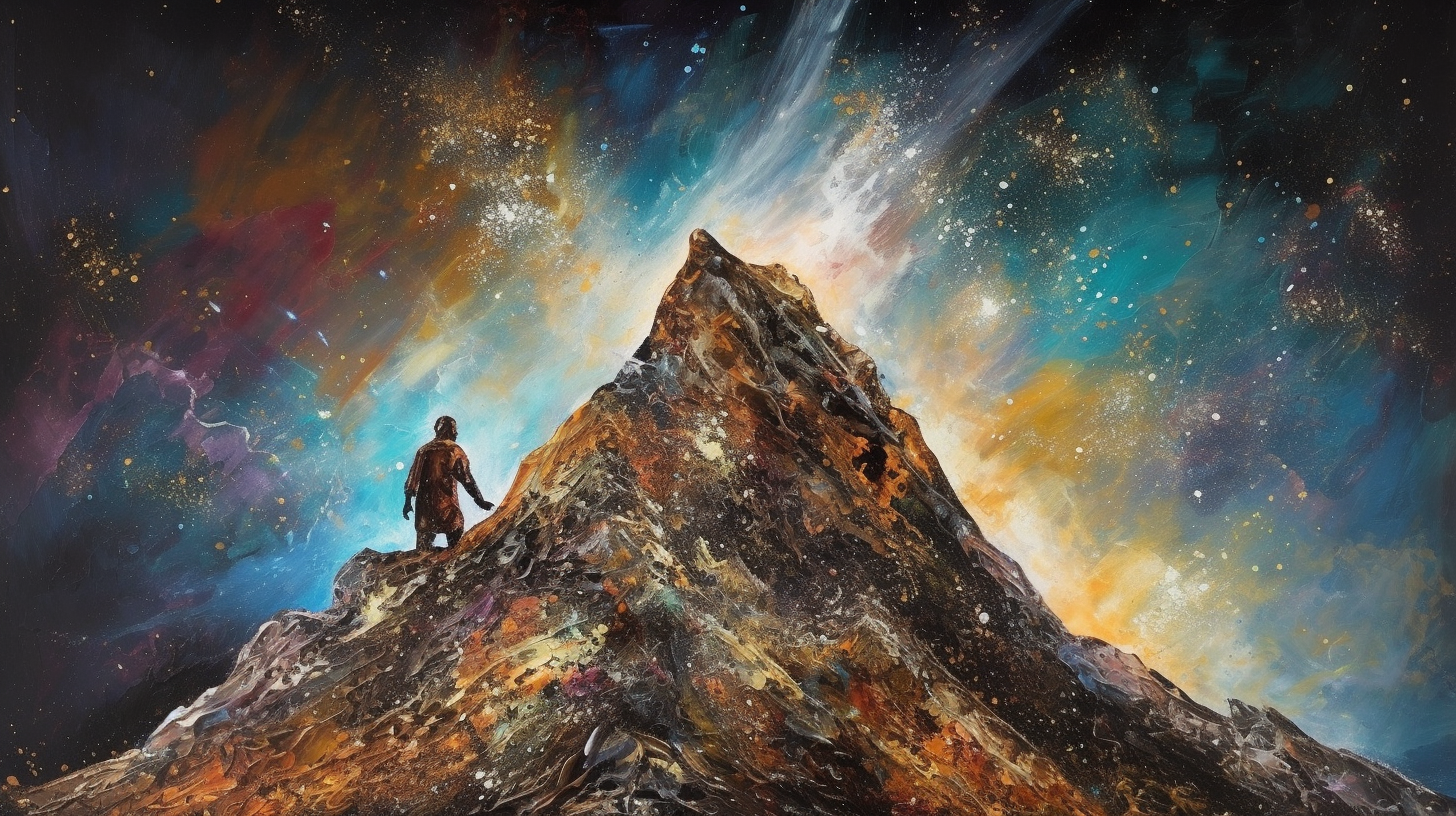The Divine Masculine Symbol Explained
Table of Contents Show
Symbols possess a profound ability to transcend language and communicate deeper meanings. The divine masculine symbol is one such representation—a potent force that embodies strength, wisdom, and compassion.
The divine masculine symbol taps into this inherent power, drawing us into a realm of meaning that extends beyond mere words. In the realm of spirituality, symbols hold significant power, encapsulating complex concepts and evoking profound emotions.
1. What does your divine masculine mean?
There is no rigid definition based on societal norms, but rather a celebration of the highest ideals that the masculine energy can embody.
Strength, courage, leadership, wisdom, passion, and nurturing are some of the essential facets that compose the essence of divine masculinity.
2. Symbols Of The Divine masculine
Symbolic representations play a crucial role in capturing the essence of the divine masculine. They serve as visual manifestations of its qualities and offer profound insights into its nature. Here are 5 divine masculine symbols and their meanings:
A. The Sun
The Sun is a powerful symbol representing the radiance and vitality of the divine masculine. It signifies illumination, enlightenment, and life-giving energy. Just as the Sun provides warmth and sustenance, the divine masculine radiates its power, light, and life-affirming qualities to uplift and inspire.
B. The Mountains
Mountains stand tall and steadfast, representing the stability and resilience of the divine masculine. They embody unwavering strength and endurance, reminding us of our capacity to weather storms, overcome challenges, and remain grounded in the face of adversity. Like mountains, the divine masculine provides a steady foundation upon which we can build our lives.
C. The Lion
The Lion symbolizes the power and dominance inherent in the divine masculine. With its majestic presence and fierce nature, the lion represents strength, courage, and assertiveness. It reminds us of the importance of embracing our personal power, asserting ourselves when necessary, and standing confidently in our convictions.
D. The Sword
The Sword serves as a symbol of protection and justice, reflecting the divine masculine's role as a guardian of truth and righteousness. It represents the ability to defend what is just, protect the vulnerable, and uphold moral values. The Sword symbolizes the divine masculine's unwavering commitment to maintaining balance, fairness, and integrity.
E. The Oak Tree
The Oak Tree symbolizes the strength and endurance of the divine masculine. With its sturdy trunk and deep roots, it represents resilience, solidity, and the ability to weather the tests of time. Like the Oak Tree, the divine masculine imparts a sense of inner strength, empowering us to stand tall and unwavering in the face of life's challenges.
3. The Divine Masculine Archetypes
Ancient mythologies are abound with archetypes representing different facets of the divine masculine. These archetypes provide us with valuable insights into the qualities and roles that the divine masculine embodies. Here are 5 divine masculine archetypes:
A. The Warrior: Strength and Courage
The Warrior archetype represents the divine masculine's strength, bravery, and ability to protect what is valued. It embraces the courageous spirit needed to face challenges head-on, stand up for justice, and defend what is right.
B. The King: Leadership and Authority
The King archetype embodies leadership, authority, and the ability to guide others. It represents the divine masculine's capacity to create and maintain a just and harmonious society, inspiring others with a sense of purpose and direction.
C. The Sage: Wisdom and Knowledge
The Sage archetype represents the pursuit of wisdom, knowledge, and intellectual curiosity. It embodies the divine masculine's capacity for deep understanding, insight, and the ability to guide others through wisdom. The Sage archetype invites us to cultivate our own wisdom, seek truth, and share knowledge for the betterment of ourselves and society.
D. The Lover: Passion and Connection
The Lover archetype represents the divine masculine's capacity for passion, emotional depth, and connection. It encompasses the ability to form meaningful relationships, embrace vulnerability, and cultivate intimacy. The Lover archetype invites us to explore and express our emotions authentically, fostering empathy, compassion, and profound connections with others.
E. The Provider: Nurturing and Supportive
The Provider archetype symbolizes the nurturing and supportive qualities of the divine masculine. It embodies the capacity to provide for others, ensure their well-being, and create a sense of security. The Provider archetype reminds us of the importance of supporting and nurturing those around us, fostering an environment of care, and offering love and guidance.
4. Divine Masculine in Mythology
Civilizations across the globe revered masculine deities, recognizing the importance of balance between divine masculine and feminine union. From ancient Egypt to Greece and beyond, these cultures understood that honouring the divine masculine was vital for the harmony and wellbeing of their societies.
Egyptian Mythology and the God Osiris
In Egyptian mythology, Osiris stands as an epitome of the divine masculine. As the god of the afterlife and resurrection, Osiris symbolizes rebirth, fertility, and the eternal cycle of life. He embodies qualities such as leadership, compassion, and justice, serving as a powerful representation of the divine masculine archetype.
Greek Mythology and the God Apollo
In Greek mythology, Apollo takes center stage as a prominent representation of the divine masculine. Apollo is associated with light, music, prophecy, and healing. As the god of the sun, he represents vitality, creativity, and the power of masculine energy to illuminate and inspire.
Norse Mythology and the God Odin
Norse mythology offers us Odin, the wise and mighty god who epitomizes the divine masculine. Odin encompasses various aspects of masculinity, such as wisdom, knowledge, war, and poetry. He symbolizes the pursuit of truth, the transformative power of knowledge, and the ability to protect and guide.
5. Conclusion
The divine masculine symbol transcends societal expectations and embraces the highest ideals of masculinity.
By understanding its historical perspectives, exploring its archetypes, and interpreting its symbolic representations, we unlock a deeper understanding of the divine masculine within ourselves and the world.

























